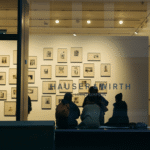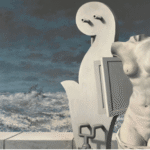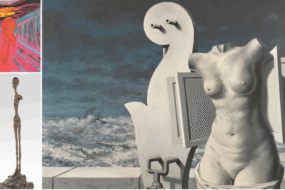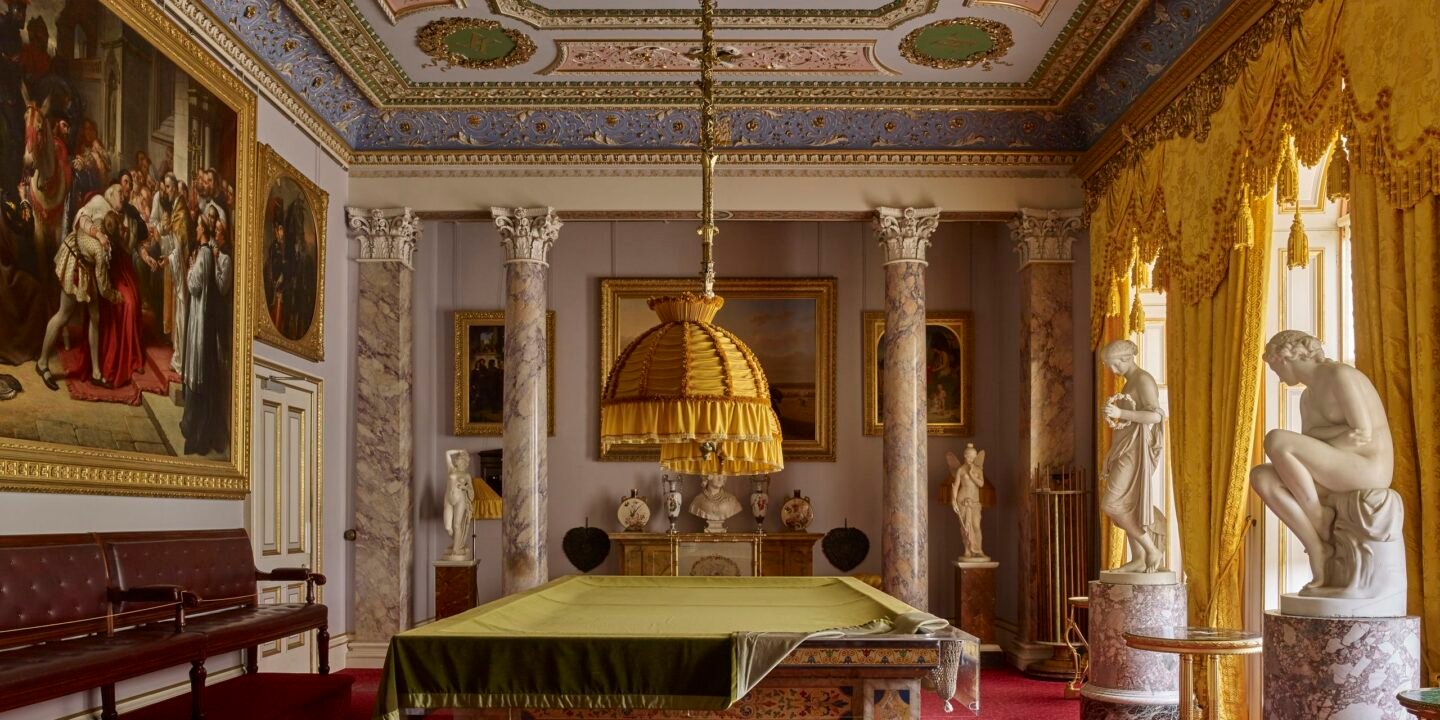
If history were to assign a nickname to Edward VII, it should perhaps be The Great Decorator. When he ascended the throne in 1901, after a long wait in the wings as Prince of Wales, he launched an interior revolution. ‘He inherited palaces that had been decorated by his parents 50 years before or longer, places such as Osborne House, Buckingham Palace and Windsor Castle, and went through them like a dose of salts,’ says Tim Knox, director of the Royal Collection. ‘He obliterated his parents’ schemes quite intentionally.’ Tim, who this month is giving a talk — or ‘a gallop’, as he puts it — about royal patronage in the 20th century at the Royal Academy in London, mentions as an example the bedroom in which Prince Albert had died: ‘It had been preserved in aspic by Queen Victoria: the King deliberately dismantled it.’
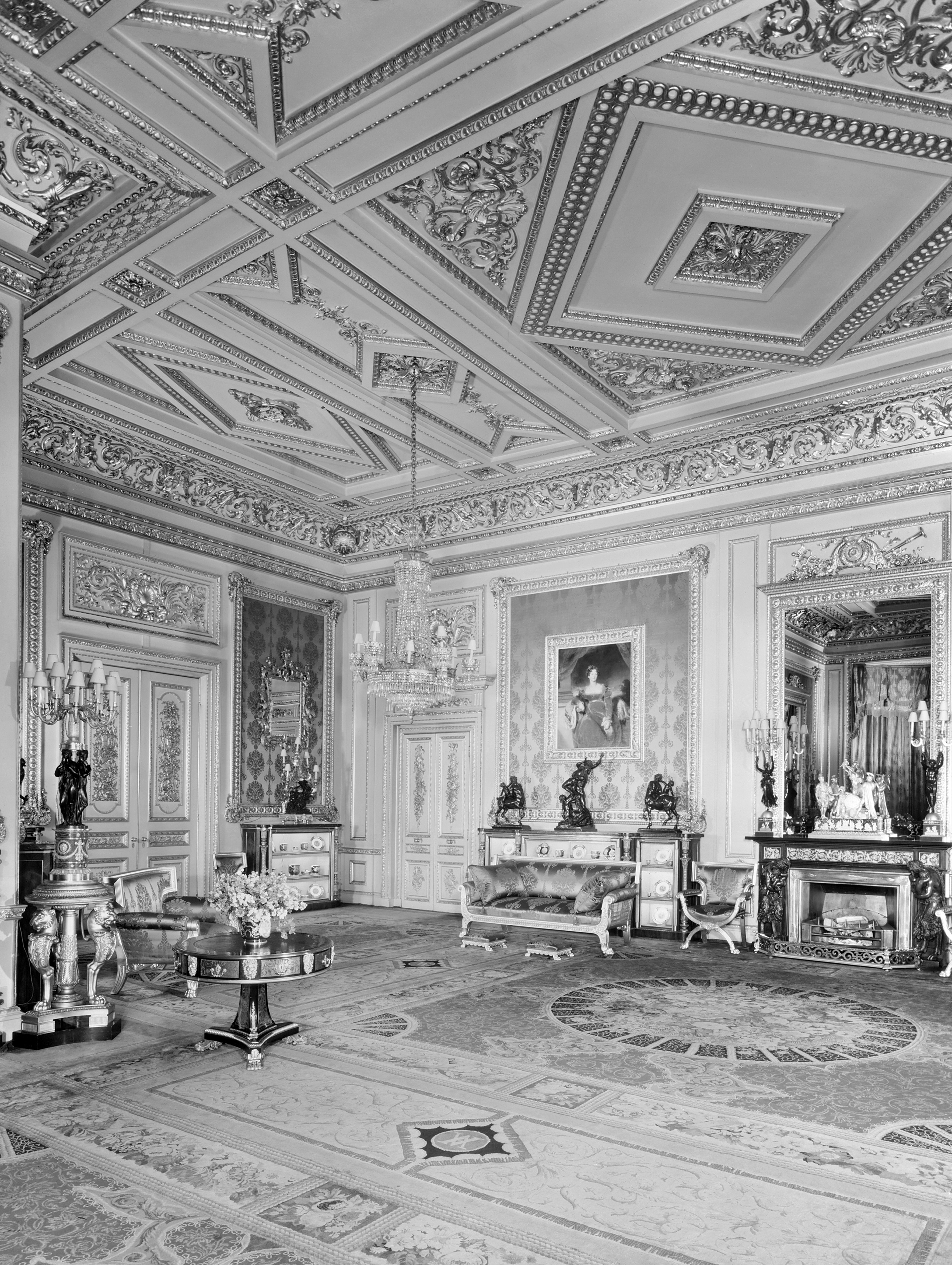
Edward II was not fond of Queen Victoria’s somber style and went about changing a myriad rooms, including at Windsor Castle, pictured.
(Image credit: Country Life Image Archive)
Decades of London smog and changing fashions had made the mid-Victorian style beloved of Prince Albert look rather dreary. Instead, explains Tim, Edward VII, who was enamoured of France and all things French, went for ‘a Ritz-hotel look’ of white and gold. Another Francophile king before him, George IV, had furnished the palaces with copious amounts of grand furniture, so Edward VII primarily focused his attention on the setting: ‘He painted out all the elaborate marbling and murals that Queen Victoria had commissioned and replaced them with white and gold. Combined with red damask, they’re really the sort of interiors we know today at Buckingham Palace.’
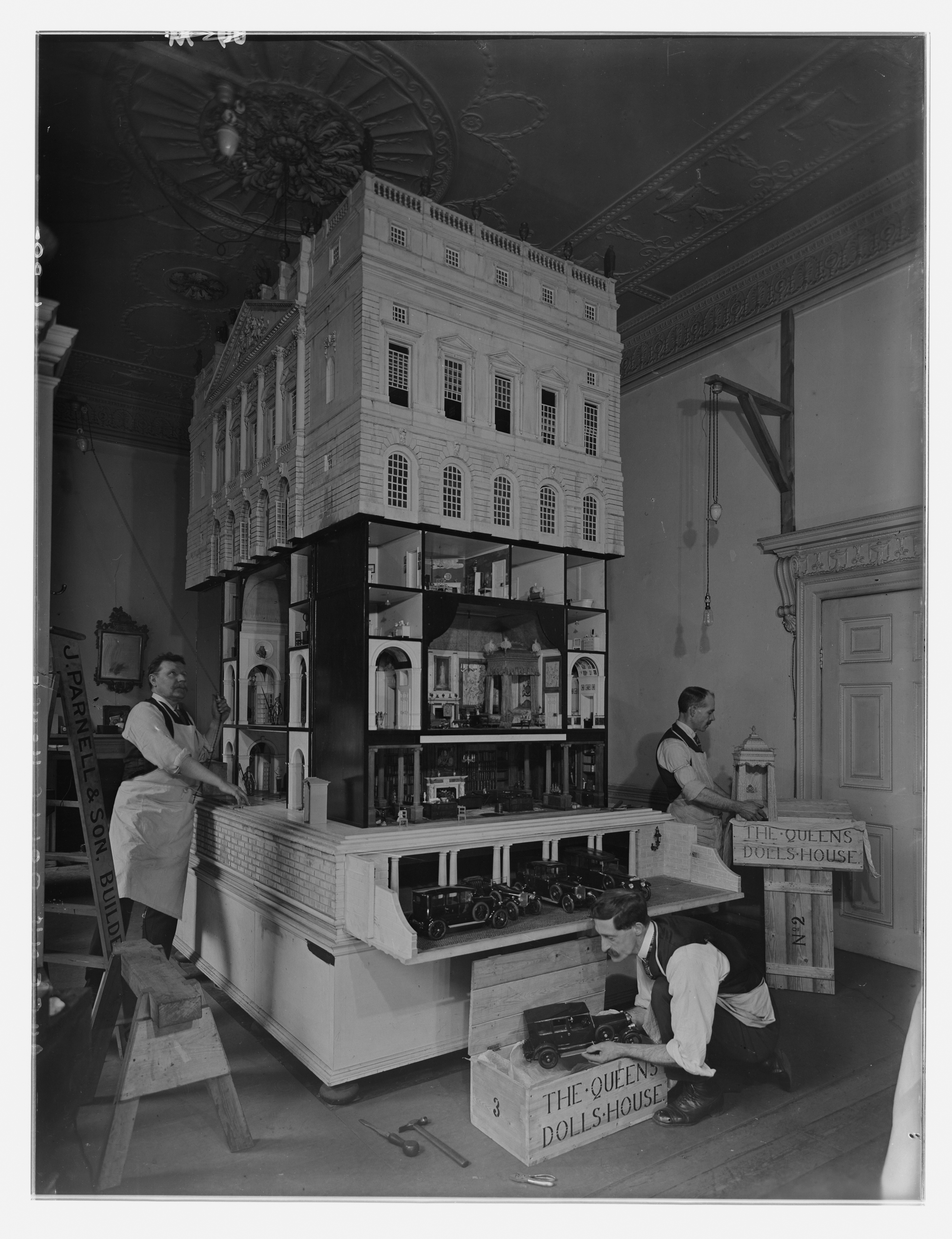
Queen Mary’s Dolls’ House was built between 1921 and 1924 as a gift from the nation to Queen, following the First World War.
(Image credit: Country Life Image Archive)
The King had just about time to make his mark on the building before he died, a mere nine years into his reign. His successor, George V, ‘a martinet’, was very keen on uniforms and stamps, but not really interested in architecture, furniture or art. ‘However, his queen, Mary, was,’ says Tim.
A passionate collector of small things, whether gold boxes, fans, miniatures or jewels, she decorated some of the family’s private rooms at Buckingham Palace, including a drawing room in the Chinese style, and, once widowed, refashioned the interior of Marlborough House. ‘There’s also Frogmore House, in the park at Windsor, where she assembled a little museum of family mementos.’ Yet, the one interior (of sorts) with which she is perhaps most closely associated in the collective imagination — her Dolls’ House — was rather the product of ‘a committee of taste’.
‘There are lots of cooks in that particular cake,’ laughs Tim. ‘It’s nominally a palace, because there are tiny thrones and Crown jewels, but it’s meant to be the epitome of an early-20th-century grand townhouse and it was made for Queen Mary almost as a surprise. I would argue that it’s probably more the vision of Princess Marie-Louise, [Sir Edwin] Lutyens and the other people who got together to invent it.’
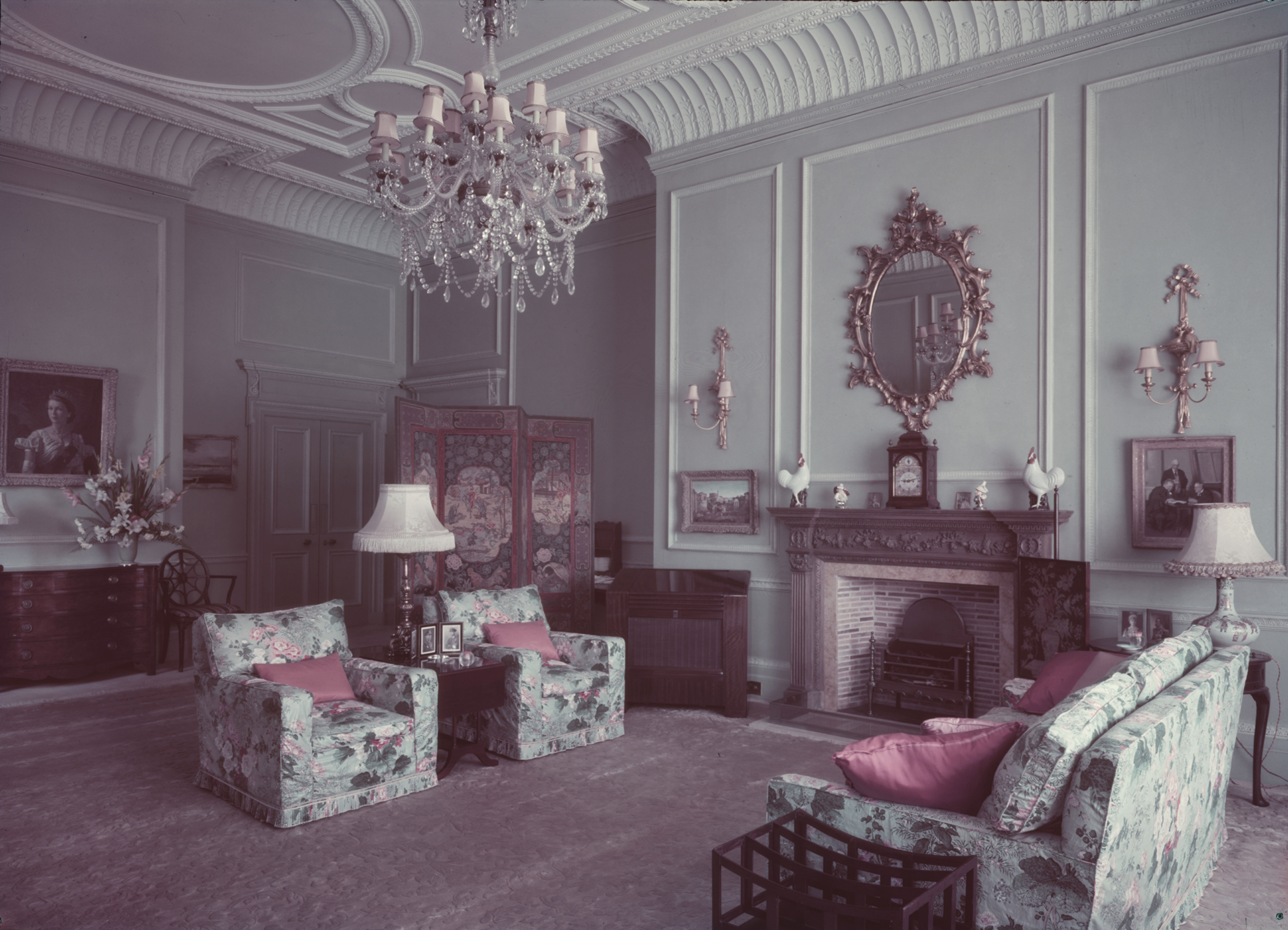
Clarence House, pictured here in 1949, was home the Elizabeth II and The Duke of Edinburgh from 1949 to 1952, and later The Queen Mother, who lived in it for 50 years.
(Image credit: Country Life Image Archive)
In the difficult years before and after the Second World War, it was another consort, Queen Elizabeth, the Queen Mother, who wore the decorating mantle: ‘She took advice from people such as Sir Kenneth Clark and acquired quite avant-garde works by artists including Paul Nash, commissioned a series of views of Windsor from John Piper and collected the only Impressionist pictures in the Royal Collection.’ During her long widowhood, she lived at Clarence House, where, notes Tim, ‘The King has very much preserved his grandmother’s arrangements’.
The Royal Collection as it exists today, however, took shape from the vision of Elizabeth II. It’s not so much that she was especially passionate about art or design, although, recalls Tim, she made some significant acquisitions in areas she loved, bought back pieces that had previously left the Royal Collection or that would fill gaps in it and was given many more as presents (plus she could count on Prince Philip’s interest in contemporary art — not least in the work of Edward Seago, who eventually became a family friend).
Crucially, it was under the late Queen that the Royal Collection became a charitable trust, opened up galleries and palaces to the public and transformed the collection through conservation: ‘She put the Royal Collection on a professional basis and made it much more accessible.’
What Elizabeth II and the three monarchs before her never did, however — either because of two World Wars and austerity, or because they were simply not too bothered about interiors — was to touch Edward VII’s ‘Ritz-style’ rooms. ‘You can see his legacy of white and gold still in place, even to this day — and I think it has worn rather well.’
This feature originally appeared in the October 8, 2025, issue of Country Life. Click here for more information on how to subscribe.




